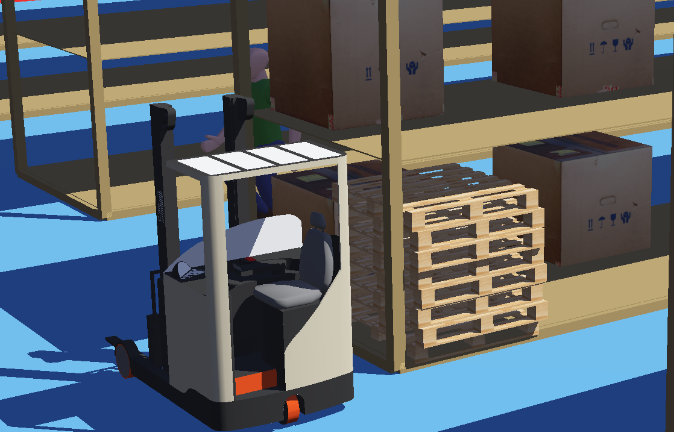When it comes to logistics, people and robots often work together closely. But this collaboration is only truly efficient if there is no need to separate the machines from workers and they instead operate in the same area and at the same time. This requires that the safety of the people is ensured at all times. For instance, robots such as driverless transport systems must be able to adapt their speed to the situation to avoid collisions. However, people are currently most often responsible for avoiding collisions.
Sensors can be used to monitor the environment so that safety distances are always maintained. The Fraunhofer Institute for Cognitive Systems IKS worked with Hitachi on a simulation to investigate whether this solution can improve the situation in warehouses.
 Fraunhofer Institute for Cognitive Systems IKS
Fraunhofer Institute for Cognitive Systems IKS
